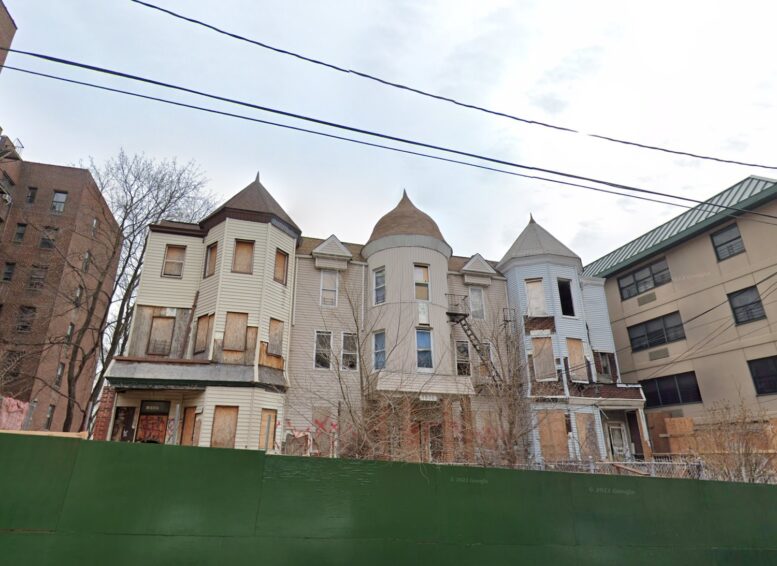New York City to Become First Big City in Nation to Provide “Family Building Benefits” of Up to $10,000 for Costs Associated with Adoption, Surrogacy, and Eggs and Sperm Donation for Non-Union Employees.
New York City Mayor Eric Adams, Deputy Mayor for Health and Human Services Anne Williams-Isom, New York City Office of Labor Relations (OLR) Commissioner Renee Campion, and New York City Councilmember Lynn Schulman today announced a new suite of employee benefits to increase access and support for tens of thousands of city workers in building a family. Now, members of the “Management Benefits Fund” — which provides benefits to approximately 27,000 non-union employees and retirees — will be eligible for “Family Building Benefits” that provide up to $10,000 in reimbursement for costs associated with adoption, surrogacy, and egg or sperm donation. This marks the first time a major U.S. city has provided these benefits to city employees and is similar to benefits increasingly being provided by private-sector companies and universities.
“To be the greatest city in the world, you have to attract and retain the greatest talent in the world, and that means making New York City the best city in the nation to build and raise a family,” said Mayor Adams. “Our administration continues to put working people first, and today’s announcement is another example of how we are making it easier for families to afford to grow and live here. With this new benefit, we are giving up to $10,000 to reimburse costs for non-union employees associated with adoption, surrogacy, and egg or sperm donation — making New York City the first major U.S. city to provide this benefit to their employees and helping employees across city government build the families they want. Our mission is to make New York City a more affordable, and safe city, and this announcement is yet another historic example of how we are delivering on that mission.”
“Today, we are taking a pathbreaking step forward in supporting our city’s workforce and fostering family growth,” said First Deputy Mayor Maria Torres-Springer. “With the introduction of ‘Family Building Benefits,’ the Adams administration is proud to lead the nation in helping non-union city employees pay for adoption, surrogacy, and donation processes. This expanded benefit strengthens our commitment to our employees, helps us retain and attract top talent, and reflects our dedication to inclusivity. We are building a city that prioritizes families and setting new standards for support and inclusivity in the workplace.”
“Building a family is one of life’s greatest gifts,” said Deputy Mayor for Health and Human Services Anne Williams-Isom. “With today’s announcement, we align New York City with those corporations offering similar benefits and become the first major city to do so. We are making city service more competitive with other fields so we can attract and retain the best workforce possible, all the while extending opportunities for more people to live out their life aspirations away from the office by starting and nurturing a family.”
“There can be a lot of challenges for New Yorkers who are starting or growing their family, but it helps to know that your employer is on your side,” said City Hall Chief Counsel Allison Stoddart. “I am proud to join Mayor Adams in announcing this nation-leading benefit under the city’s Management Benefits Fund and to ensure that New York City continues to lead the nation in how we support our non-union employees.”
“The Management Benefits Fund has always focused on providing valuable benefits to our non-union employees,” said New York City Office of Labor Relations Commissioner Renee Campion. “I am proud we are able to add this benefit, which will provide assistance to employees who may be struggling to build a family, including LGBTQ+ employees.” “Reproductive freedom includes the ability to determine when and whether to have a child,” said New York City Department of Health and Mental Hygiene Acting Commissioner Dr. Michelle Morse. “Everyone should have the power and resources to build a family if they choose. New York City is taking this historic step in providing adoption and reproductive resources for thousands of city employees.”
While New York City’s Health Benefits Program currently provides coverage for fertility treatments, including up to three cycles of in-vitro fertilization, for employees and their covered beneficiaries, services such as surrogacy and sperm/egg donation involving individuals not covered by an employee’s health insurance benefits are not included, and there is no benefit to defray the costs of adopting a child. To ensure that more New York City employees have the resources they need to start a family, the Adams administration established this benefit for both employees and retirees who are members of the Management Benefits Fund.
This benefit will provide up to $10,000 in reimbursement for costs such as adoption agency fees, legal fees associated with adoption or surrogacy, fees to a surrogate, costs of transferring an embryo to a surrogate, costs an employee incurs for medical costs of the surrogacy, and costs of procuring donor sperm or eggs. The policy will help employees across city government, including those that are members of the LGBTQ+ community and their families.
This announcement builds on Mayor Adams’ actions to support working families by expanding paid parental leave and family leave for non-union city employees. Earlier this year, the administration doubled paid parental leave for non-union employees, from six to 12 weeks, and provided up to 12 weeks of paid family leave for those caring for seriously ill family members. The administration’s expansion of paid parental and family leave impacts over 10,000 municipal employees and makes the City of New York more competitive with municipalities and private-sector employers across the country — taking steps to advance Mayor Adams’ ambitious goal of making New York City the most women-forward city in the United States. This adds to the administration’s release of “Women Forward NYC: An Action Plan for Gender Equity,” a more-than-$43 million investment aimed at making New York City a national leader on gender equity, including for transgender and gender expansive New Yorkers.
New York City earned the highest score of 100 points from the 2023 Human Rights Campaign Municipal Equality Index, which measures the extent to which cities across America have embraced LGBTQ+ inclusivity within their laws, policies, and services. New York City has earned this top score for more than a decade, since 2012. Only 25 percent of more than 500 evaluated cities achieve this distinction.



